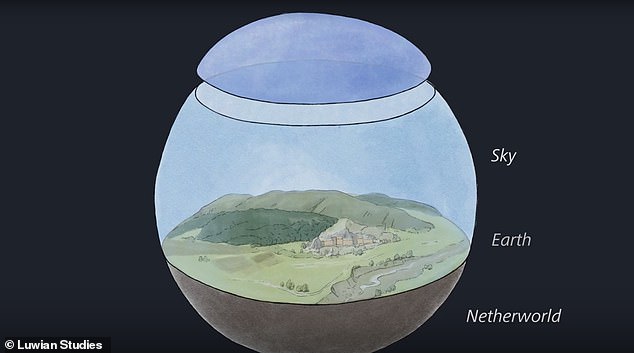Archaeologists in Turkey believe mysterious 3,200 year-old stone carvings are an astronomical map of the cosmos and an ancient calendar.
The Yazılıkaya rock sanctuary in central Turkey, about 100 miles from Ankara, was first rediscovered by French historian and archaeologist Charles Texier in 1834.
More than 90 figures—gods, animals and monsters—were carefully carved out of the limestone bedrock in two chambers in the 13th century BC, with a temple erected in front of them.
A UNESCO cultural heritage site, the rock ‘sanctuary’ has long been understood as an important site for the Hittites, but it’s taken almost 200 years for experts to decipher what the figures really signify.

|
| Hittite cosmology and creation myth embrace three static levels—Earth, sky, and the Underworld |
An international team of researchers has now determined the reliefs represent the cosmos—the Earth, heavens and underworld—and depict the Hittites’ essential creation myth, from chaos to order.
Much as life and death are in an eternal cycle, the relief also doubles as a chronicle of the passage of the days, months, and seasons, like an ancient calendar.
According to archaeologists, the Hittites made these inscriptions using natural fissures of different directions, in this way they traced the time depending on the moon and the sun.

|
| A rendering of what researchers believe the temple built outside the chambers would have looked like in the 13th century BC |
At their height in the mid-1300s BC, they ruled over much of Turkey, and much of the Middle East and Upper Mesopotamia.
By 1180 BC, the Assyrians managed to defeat them and control their lands, and only small cities remained from that powerful empire, some of which survived until the eighth century BC.

